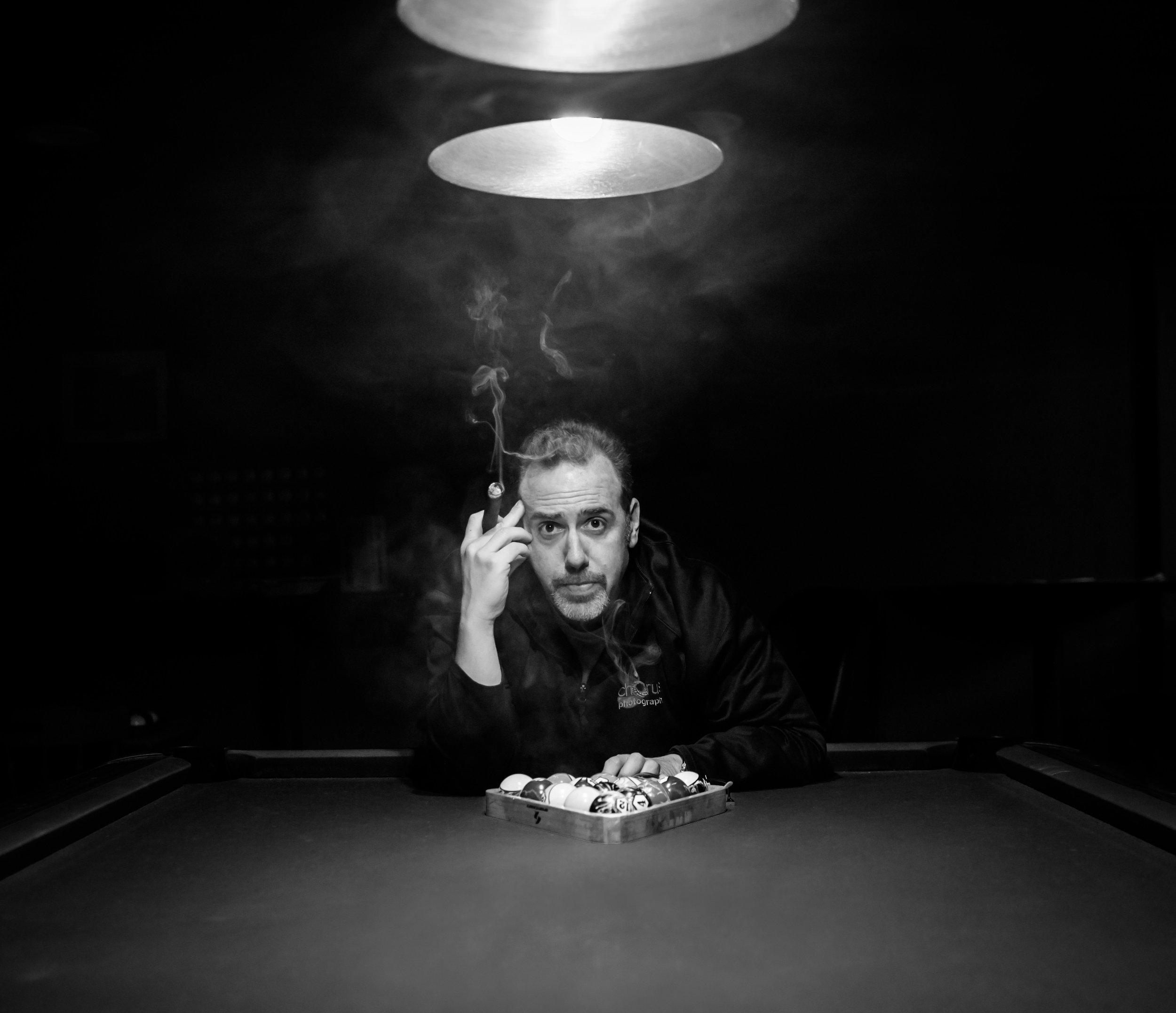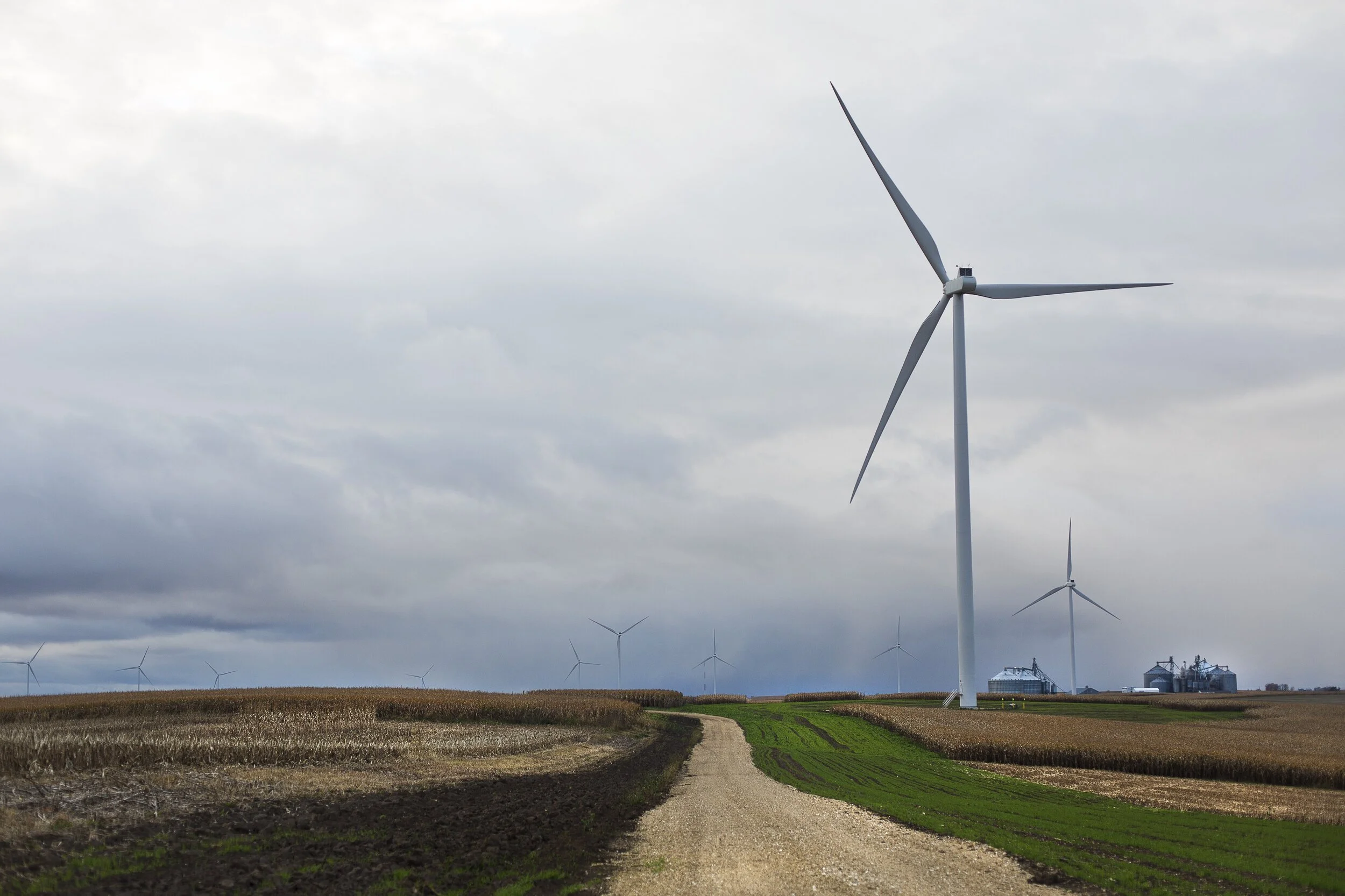I know you’ve always heard this old adage: “Think Outside the Box” . It’s often used as something like a motivational poster, acting as a pseudo-metaphor for creativity or innovation. But let’s take a step back to examine that: Think OUTSIDE the box. Think outside the BOX. That assumes there’s a box, some bound on creative output (more on that later). But it makes a critical assumption that I’ve got to say I disagree with: That substantial success only comes through side-stepping constraints, especially creative ones.
Hey everyone and welcome to the Photo Forward podcast, where we dive in deep each week on the art of visual storytelling, exploring the stories behind some of the greatest photographers in the world. From their origin stories to finding balance as creative professionals, to how to actually make a living as a photographer, videographer, or multimedia creator – I’m your host, Ben Brewer
Now, I’m not some genius of Creativity, but I can speak to what I know working as a photojournalist. Along all my assignments, all my projects, all my editorial work — I know this much: The only way I’ve been able to succeed and grow into a better photographer is through limiting CONSTRAINTS.
Yes. That’s right. Aspects of my job that actively constrict my photography have improved my work the most. How so you ask? Well, I see it growing me in four big ways from four kinds of creative constraints.
Work with what you got (LIGHT)
No Do-Overs (ONE CHANCE)
No option but to produce (NECESSITY)
Deliver your work to the world, FAST
I can pretty comfortably say, there aren’t a whole lot of professions out in the working world, like a photographer, that share this unique blend of limitations AND expectation for visual creativity, i.e. ART. I love it, I feed off exploring the box that I’m constrained in. And making my best work inside it. Sure, I can break the mold and innovate outside the box like that old adage, but not until my skills grow, making me the champion of the box I’m in. Let’s break these down:
So, first: Work with what you got (LIGHT). Aside from portrait shoots and some of my video work, almost all of the photo projects I’m on, I shoot with all available light. This is DEFINITELY not a dig against photographers that integrate flash into their creative style. That’s their deliberate choice and honestly, their work kicks ass. Check out the photos of a friend of mine, Phillip Montgomery to see some truly unique, amazing visuals, shot with a speedlight (@PhillipMontgomery on Instagram)
When I’m making these images on assignment, I don’t get to complain my way into having better light, fewer flickering fluorescent bulbs, better matched color temperatures. Nope. And because of the ethical standards that we as photojournalists hold ourselves to to capture the world as it is, there are absolute rules to how much I’m allowed to tone images in post-production editing. Capture creative angles on fleeting moments, no matter what light I have, or don’t have. So, next time you’re shooting photos, play with the light you have. And I do love that word PLAY here, exploring joyfully how you can use it — not complaining that there isn’t enough or that it isn’t quite right.
So, the second constraint on my work is really one of the defining characteristics of photojournalism. Take a look at all of these images of transformative visual moments in history. They’re staggering, they’re arresting, and they all happened in the blink of an eye and then gone, passed, over and done with. What makes the photographers so damn talented, comes from their ability to capture these split-second images. And that, right there, is the essence of the second constraint — No Do-Overs — and as a result of that, Capture Authentic Moments (Though honestly, everything that goes into the ethics of photojournalism, that’s really its own videos worth for a future episode).
So, what makes this constraint so powerful on photography? Think about it this way. When you’re forced to create the image you want, the first time, no do-overs, you have to make it happen in three big ways: planning, intuition, composure. You put yourself in the physical place you’ll need to be, making sure your equipment will deliver exactly what you need it to. You visualize the shot you need to make, following that gut feeling and anticipating peak action or fleeting moments of humanity. And finally, you stay composed and focused on making those anticipated images regardless of the circumstances going on around you, no matter how hectic, emotional, or “hurry up and wait” the situation may be.
And this dovetails right into the third instance of constraints on my photography — Necessity. Part of what comes with being a professional photographer or any professional creative for that matter, is that when all the of that planning, intuition, and composure come together, you HAVE TO deliver your visual creativity ON DEMAND. When I agree to cover a news event or making a portrait image for editorial clients, I commit to delivering for them. No excuses. Sure, extenuating circumstances come up, but those are the exception not the rule. Often times, I may be one of the only still photographers on location at newsworthy events and, if I don’t make that memorable image happen, it’ll never happen. When your clients depend on you to deliver, that necessity is a constraint that drives me CRAZY. It pushes me to create on a totally different level.
And when you create memorable images for the world, as the Reuters photographer on assignment or the designated freelancer for the New York Times, MINUTES MATTER. At events where the big TV news agencies are on location, by the time the live feed cameras stop rolling, still photographers are already behind, already fighting against the breakneck speed of information, 24/7 news culture. It’s definitely not unusual to see a pack of still news photographers *hauling ass* back to laptops to download, caption, edit, and file off images to our photo editors or assignment desks. And it’s not just good exercise in a physical way. It’s exercise in creativity and visualization. I feel like I’m practically downloading in my mind the full set of images on the card— which angles/positions worked, when you nailed focus and exposure and when you DIDN’T, and when specific moments of emotion or peak action clicked, all in the name of shaving minutes off time to deliver these images to the world. In the words of photographer Chase Jarvis, founder of Creative Live — “It’s Chaos; just the way I like it.”
And there we have it, those are the constraints, the walls of the box, that I work within as a photojournalist. I’m constantly learning to find the walls...so I can eventually break outside of it. These limitations and challenges stay attached to me, even when I’m not on assignment. They challenge my way of thinking in every aspect of my life . Because not having all the light, not having all the equipment, not having all the opportunity and time in the world… that’s what drives innovative, transformative work.
LISTEN ON APPLE // LISTEN ON STITCHER // LISTEN ON SPOTIFY
QUESTION(S) OF THE DAY // What was your favorite quote or lesson from this episode? Please let me know in the comments!


































Courtney Perry is a photojournalist based in Minneapolis, MN. Formerly a staff photographer at the Dallas Morning News, she now freelances for various local and national clients while based in the Twin Cities. Her home is filled with a spouse, his children, their dogs, and much love.
On today’s episode, Courtney and I explore how to enjoy photography without basing your happiness on your work, how she’s been able to build a stable and healthy client-base as a freelancer, and why having a “dark night of the soul” moment in your creative career can be a game-changing event to sharpen your focus as a photographer or multimedia creator. Without any further ado, today’s beautiful and timely interview with photojournalist Courtney Perry.